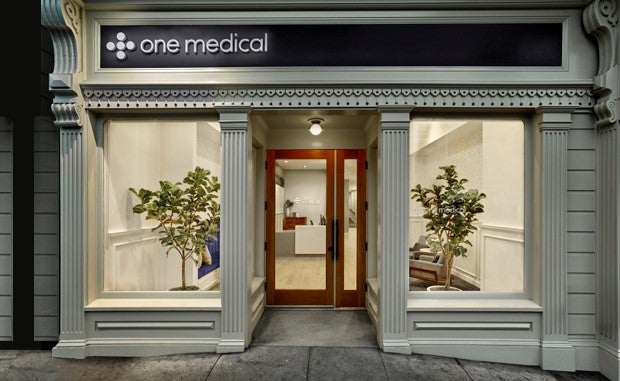

Retail Primary Care Competition Heats Up in Connecticut

If you’ve been wondering how primary care provider One Medical might evolve after its sale to e-commerce giant Amazon closed in February, look no further than Connecticut.
One Medical plans to build five new primary care offices in the state, with work on the first two facilities already underway, according to a recent Hartford Business Journal (HBJ) report. More primary care offices also are planned in the state.
The company will employ physicians at the facilities while also providing access to its national network of virtual providers. In a new twist, One Medical’s new offices will be integrated with Hartford HealthCare (HHC), which operates seven acute care hospitals, surgical centers, urgent care facilities and physician groups across the state.
Under the partnership, One Medical patients referred to specialists can use HHC’s network of outpatient, diagnostic and specialty settings, ensuring that their medical information will travel with them.
The Battle for Connecticut
The company isn’t alone in its primary care foray in Connecticut. VillageMD in March acquired Starling Physicians, which offers primary, specialty and urgent care services at 30 Hartford-area locations. And in February, Privia Health, a primary care provider, announced that it formed a partnership with Community Medical Group, a network that includes about 1,100 multispecialty providers with more than 450 practice locations.
One Medical operates on a subscription model, with patients paying a monthly fee as low as $12 in its limited time offer and can sign up through Amazon.com, OneMedical.com or through their employer as a health care benefit.
Members can talk to a provider 24/7 with no copay, no deductible and without filing a claim. This can be done within minutes and if the patient needs specialty care, that information is coordinated with HCC, Amir Dan Rubin, president and CEO of One Medical, told the HBJ.
3 Things to Know about One Medical’s Strategy
1. It’s about expanding access.
The essence of the HHC partnership is about delivering innovative care models and easier access to care while attempting to drive down prices.
2. The race is on to win employers.
To date, more than 8,500 companies have signed up with One Medical, Rubin notes. The company stresses that its services are valued by employees and can help employers retain workers and lower their out-of-pocket medical costs.
3. Cost reduction is a core focus.
Just how much One Medical may be able to save employers and employees is open for debate. The company, however, touts a Journal of the American Medical Association Network Open peer-reviewed study published in April 2020, which showed that an engineering and manufacturing firm in southern California reduced total spending by 45% per member or $167 per employee per month by using One Medical’s primary care model.



